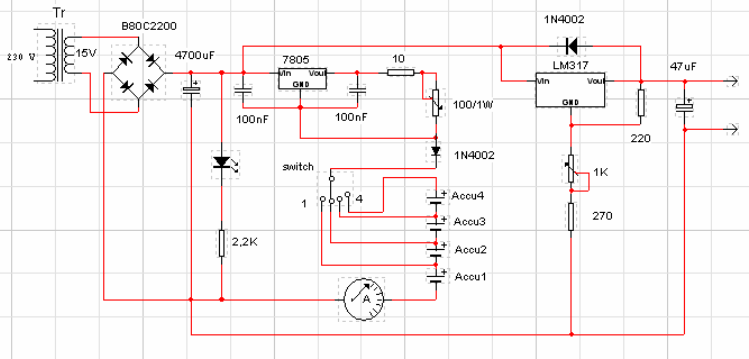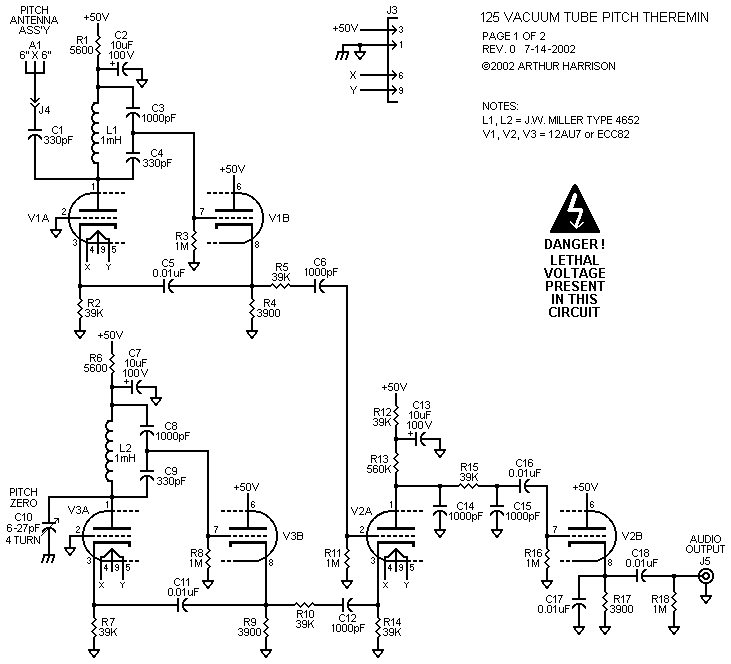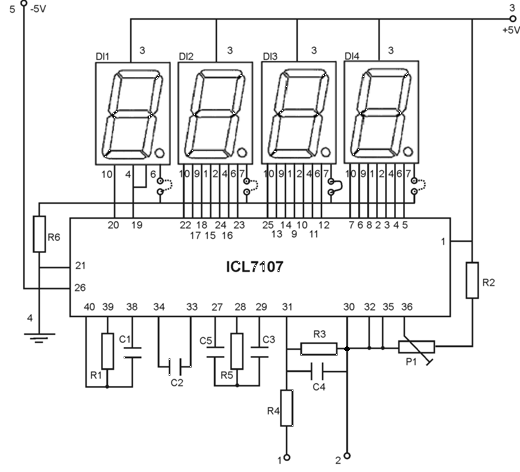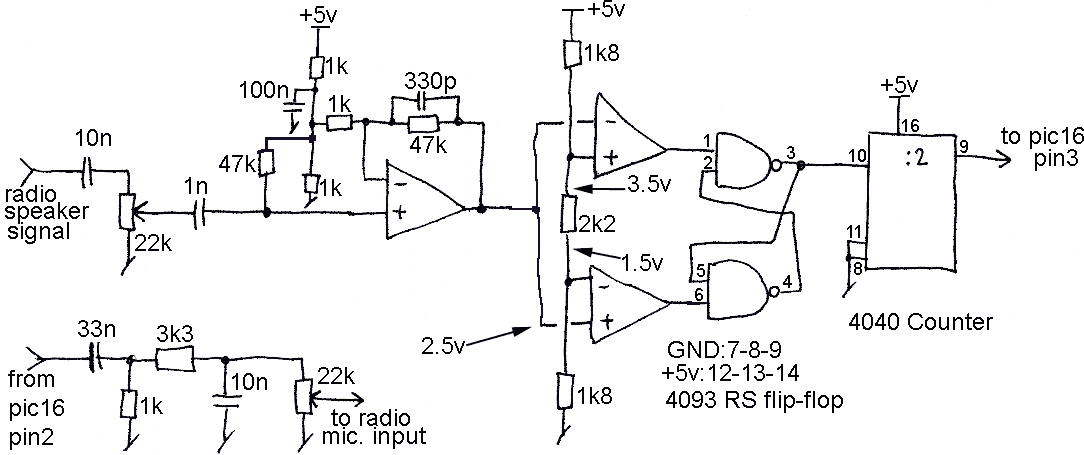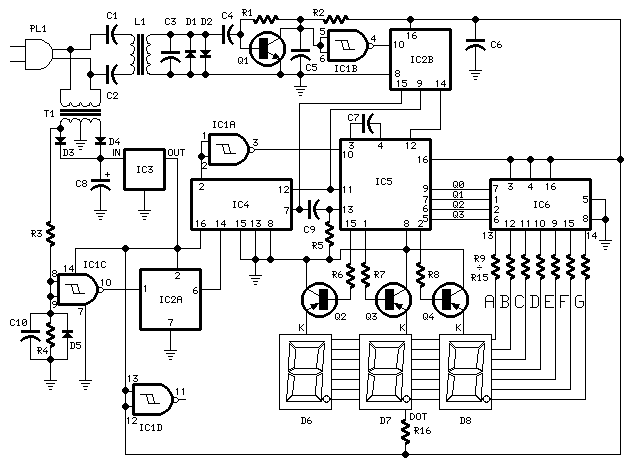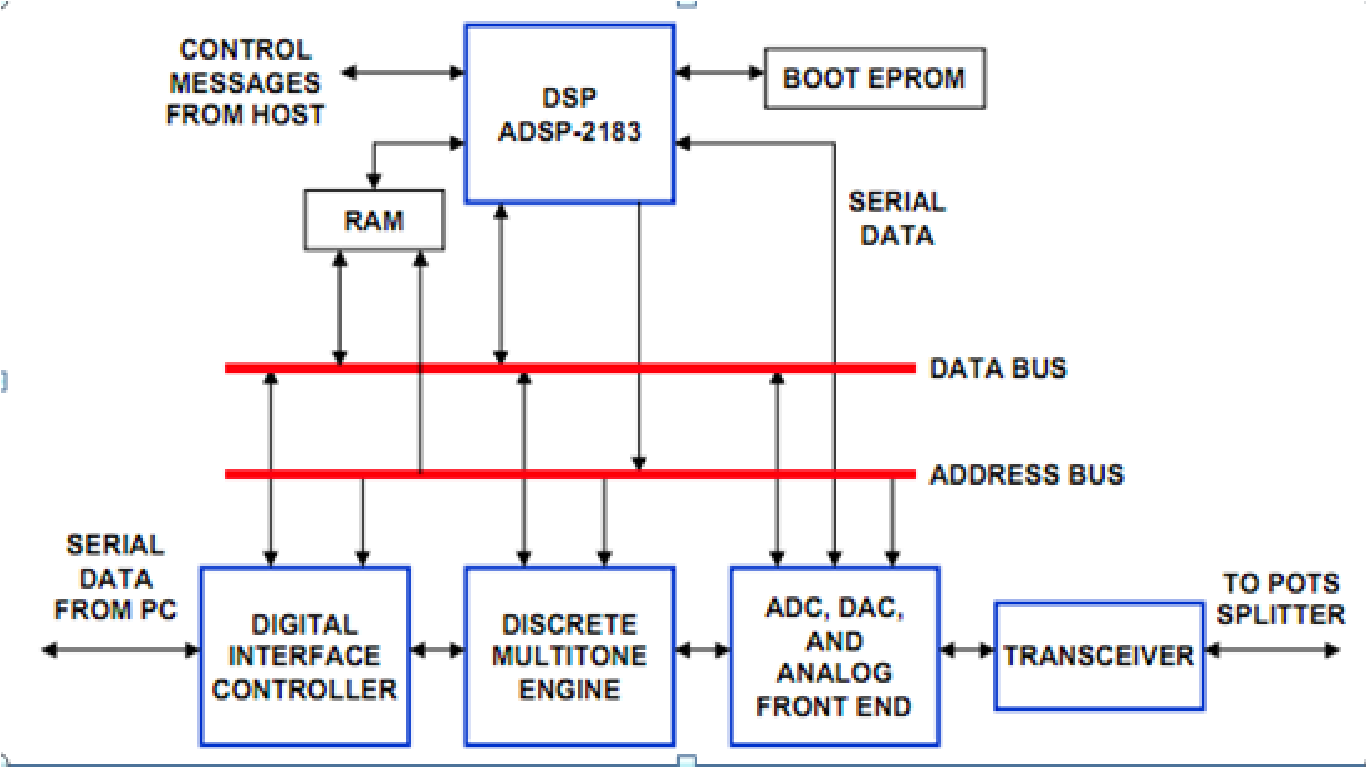
Digital Vacuum Gauge
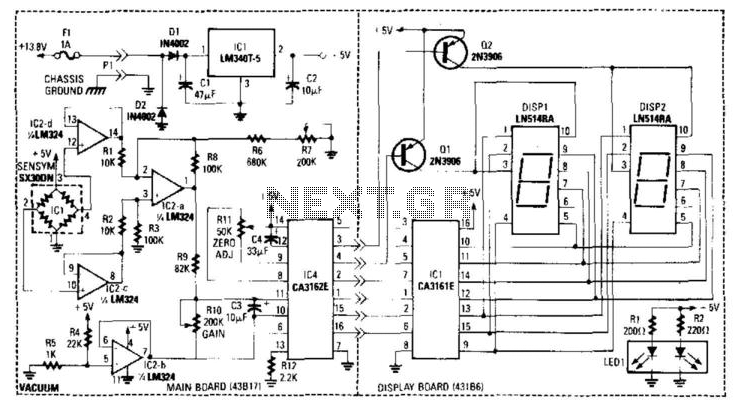
A bridge circuit is utilized to generate a signal from the output of vacuum sensor IC1. IC2b introduces an approximate 0.2 V offset for IC4, the A/D converter. IC2b and IC2d function as voltage followers that drive the differential amplifier IC2a. The output from this circuit is employed to drive both IC4 and IC1, which are the display drivers.
The described circuit employs a bridge configuration to effectively convert the readings from a vacuum sensor, represented by IC1, into a usable electrical signal. The bridge circuit is adept at detecting small changes in the vacuum level, which is crucial for applications requiring precise measurements, such as in pressure sensing or environmental monitoring systems.
IC2b plays a critical role by introducing a small offset voltage of approximately 0.2 V. This offset is essential for calibrating the output signal to ensure that the A/D converter, IC4, accurately processes the data without losing sensitivity at lower vacuum levels. The role of IC2b, along with IC2d, as voltage followers is significant; they buffer the signal from the bridge circuit and ensure that the differential amplifier IC2a receives a stable and accurate representation of the input signal.
Differential amplifier IC2a enhances the difference between the two input signals, improving the signal-to-noise ratio and ensuring that the output is more robust against common-mode noise. This amplified output is then directed to IC4, the A/D converter, which converts the analog signal into a digital format suitable for further processing, display, or logging.
Finally, both IC4 and IC1 serve as display drivers, indicating the processed data to the user. The integration of these components within the circuit allows for a coherent and efficient system capable of providing accurate readings from the vacuum sensor, with the capability to display this information in a user-friendly manner. The overall design emphasizes precision and reliability, essential characteristics in electronic measurement systems. A bridge circuit is used to produce a signal from the output of vacuum sensor IC1. IC2b provides about a 0.2 V offset for IC4, the A/D converter. IC2b and d are voltage followers that drive differential amp IC2a. The output of this circuit is used to drive IC4 and IC1, the display drivers. 🔗 External reference
The described circuit employs a bridge configuration to effectively convert the readings from a vacuum sensor, represented by IC1, into a usable electrical signal. The bridge circuit is adept at detecting small changes in the vacuum level, which is crucial for applications requiring precise measurements, such as in pressure sensing or environmental monitoring systems.
IC2b plays a critical role by introducing a small offset voltage of approximately 0.2 V. This offset is essential for calibrating the output signal to ensure that the A/D converter, IC4, accurately processes the data without losing sensitivity at lower vacuum levels. The role of IC2b, along with IC2d, as voltage followers is significant; they buffer the signal from the bridge circuit and ensure that the differential amplifier IC2a receives a stable and accurate representation of the input signal.
Differential amplifier IC2a enhances the difference between the two input signals, improving the signal-to-noise ratio and ensuring that the output is more robust against common-mode noise. This amplified output is then directed to IC4, the A/D converter, which converts the analog signal into a digital format suitable for further processing, display, or logging.
Finally, both IC4 and IC1 serve as display drivers, indicating the processed data to the user. The integration of these components within the circuit allows for a coherent and efficient system capable of providing accurate readings from the vacuum sensor, with the capability to display this information in a user-friendly manner. The overall design emphasizes precision and reliability, essential characteristics in electronic measurement systems. A bridge circuit is used to produce a signal from the output of vacuum sensor IC1. IC2b provides about a 0.2 V offset for IC4, the A/D converter. IC2b and d are voltage followers that drive differential amp IC2a. The output of this circuit is used to drive IC4 and IC1, the display drivers. 🔗 External reference
